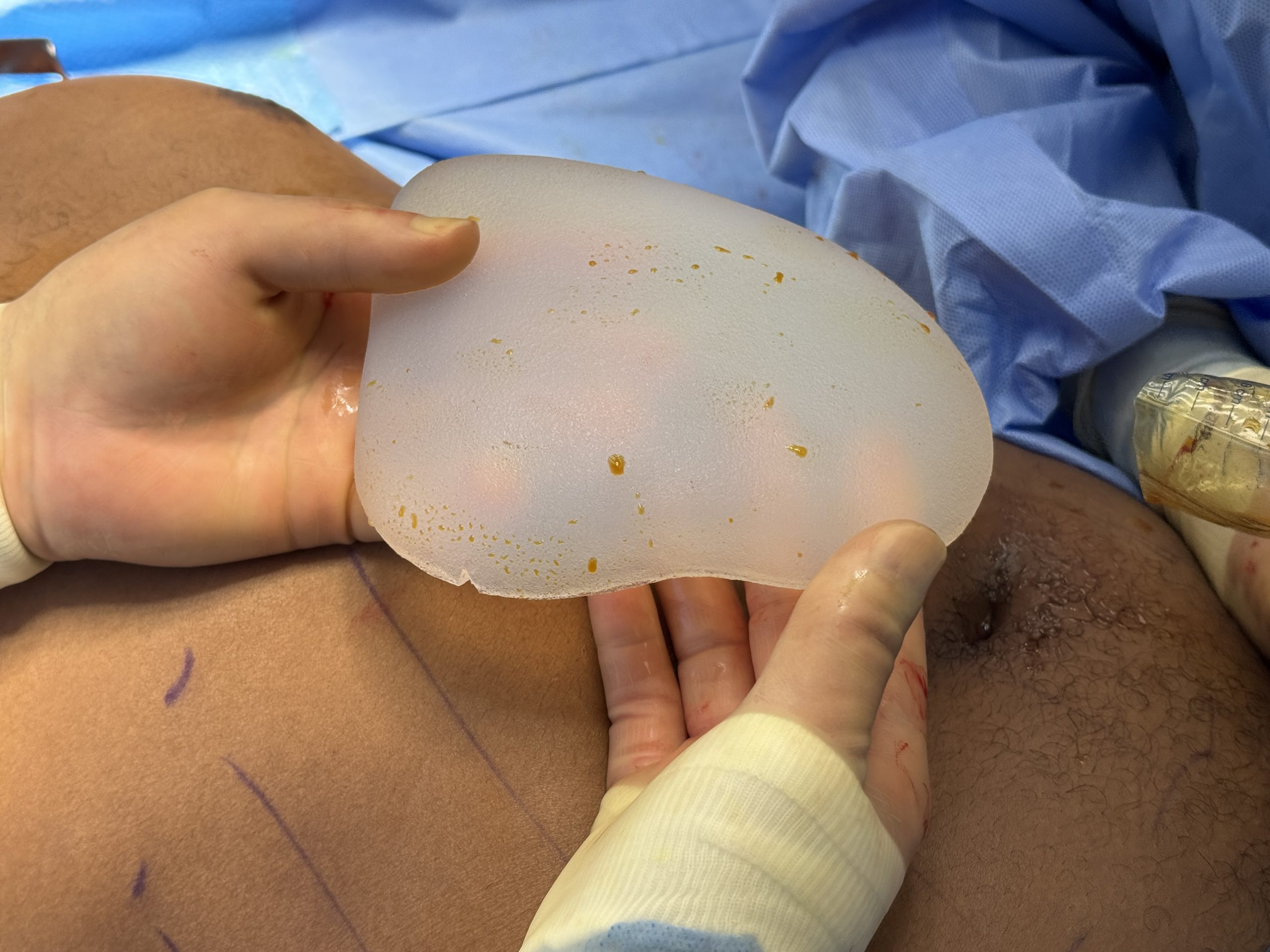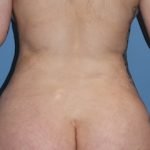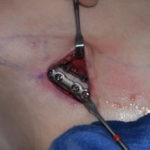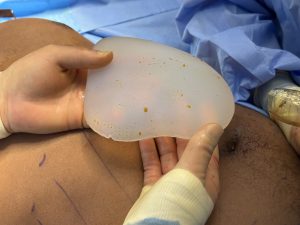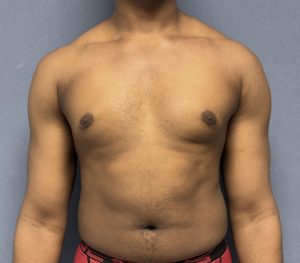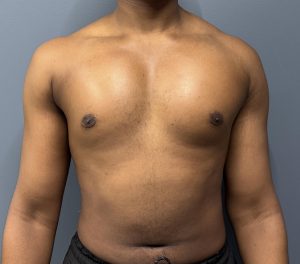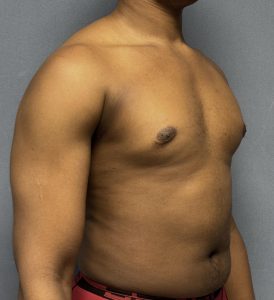Background
Pectoral implants are the primary method for male chest augmentation. While the procedure may appear somewhat similar to breast implants, the resemblance is limited to the most basic surgical aspects. Both procedures involve creating an implant pocket through an axillary incision beneath the pectoralis major muscle. Beyond this step, however, they differ significantly in both implant design and surgical technique.
The key difference lies in the implants themselves. Pectoral implants are made of solid silicone, whereas breast implants contain a soft gel encased in a shell. Their shapes also vary considerably, which has major implications for surgery. Breast implants are hemispherical, designed to create a rounded mound. Accordingly, their pockets are dissected in a round shape, often requiring disruption of the muscle’s lateral border. Because breast implants are soft and malleable, they can be inserted through a small incision using a funnel device and will always sit correctly regardless of orientation.
Pectoral implants, by contrast, are firmer, less malleable, and usually rectangular in shape. Their orientation is critical because the implant’s thickness varies from one end to the other. Improper positioning can create visible aesthetic imbalances. Since only a small portion of the implant is visible through the axillary incision, surgeons often place a small marker on the implant to ensure correct alignment inside the pocket.
Case Study
A young male patient sought pectoral implants after years of consistent weight training failed to produce the chest development he desired. Despite strong arms and shoulders, his chest — particularly the upper pectoral area near the clavicles — lacked fullness.
After external chest measurements, a rectangular implant was selected (15 cm long × 12.5 cm wide, with a projection of 2.2 cm at the upper half tapering to 1.5 cm at the lower half, for a total volume of 350 ccs).

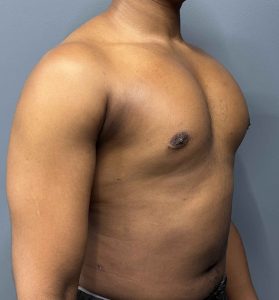
Aesthetic Impact
Beyond simple enlargement, pectoral implants can reshape the chest. Many men seek correction of underdeveloped upper chest fullness, particularly near the sternal corner (upper inside chest). They desire a more defined and balanced appearance, with upper pectoral fullness matching the lower half. This effect is best achieved with a rectangular implant that is higher, wider, and thicker at the upper half than the lower half. Standard implant styles exist to meet this goal.
Key Points
- When They’re Needed – Pectoral implants are most often requested when exercise alone cannot achieve or maintain the desired chest development.
- Target Area – The upper and medial chest, especially the sternal region, is the area most resistant to muscle growth from exercise. Implants can effectively augment this region with proper style and size selection.
- Orientation Matters – Due to their specific shape, pectoral implants must be carefully oriented in the surgical pocket. This is challenging given the small axillary incision, but proper placement is essential for optimal results.
Dr. Barry Eppley
World-Renowned Plastic Surgeon

